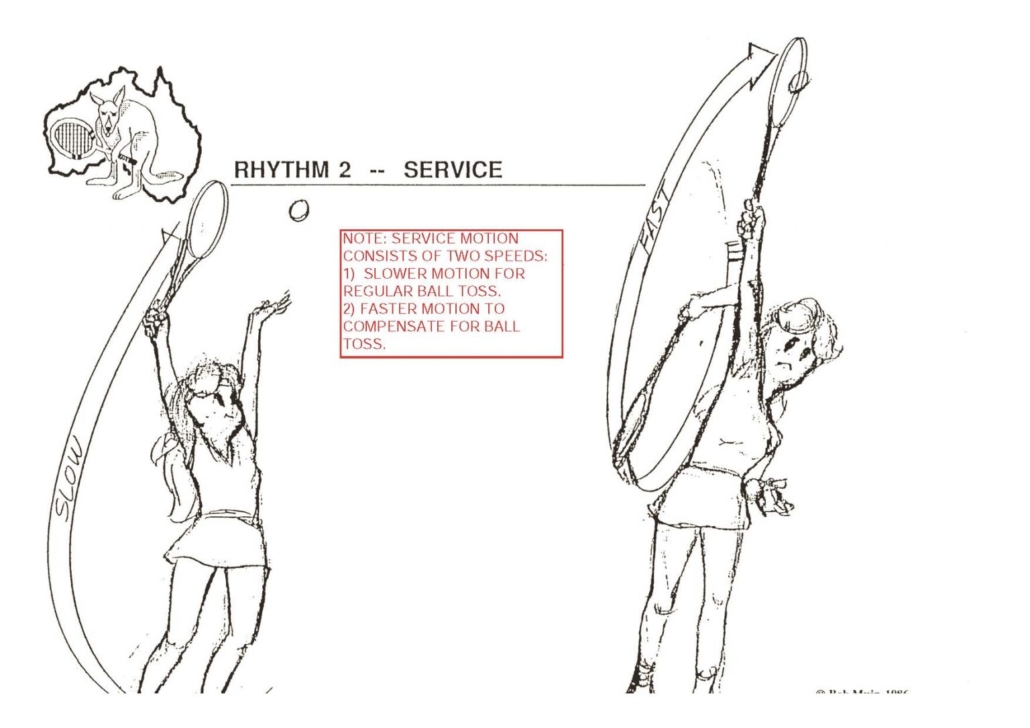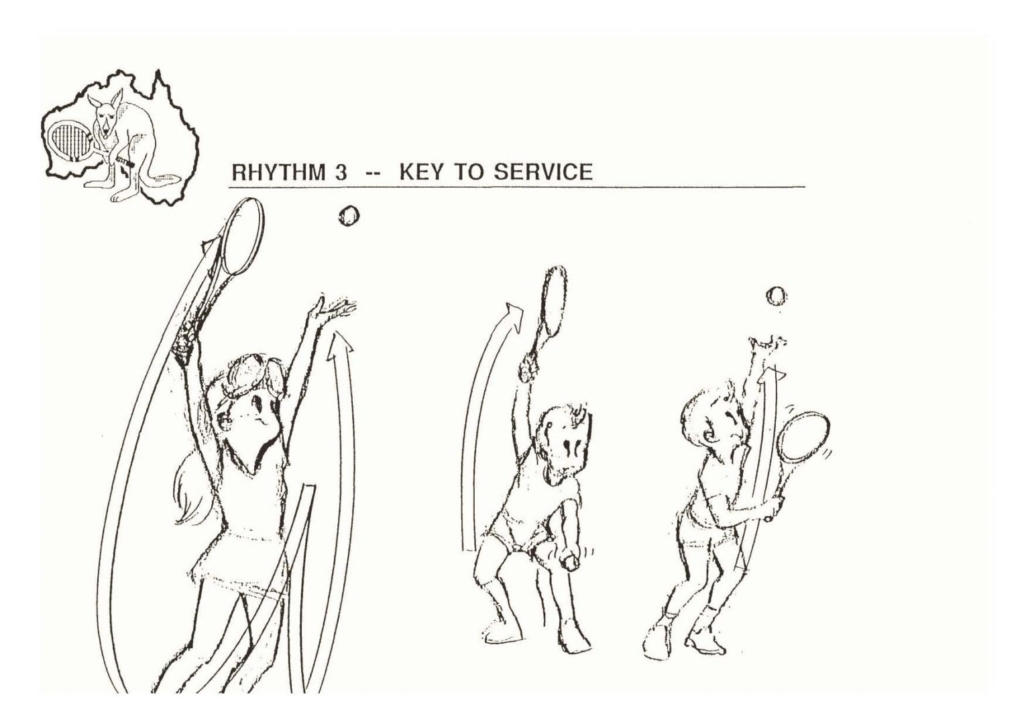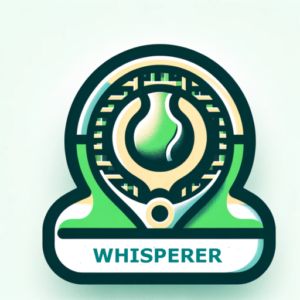Mastering the Most Complex Shot in Tennis: The Serve
The serve is arguably the most difficult shot in tennis—and the only one that gives you two chances. It demands full-body coordination, balance, rhythm, and timing. What makes it so tricky is that the serve isn’t just about the swing—it’s about the biomechanics of the setup. Get the toss or racket angle wrong, and the motion collapses before you even make contact.
That’s why it’s crucial to use the time before the serve wisely—to control the setup and, in turn, control the point.
Pre-Serve Routine: Build Balance, Set the Stage
Start by bouncing the ball at least three times. This isn’t just ritual—it’s an intentional method to:
-
Establish your serving stance
-
Anchor your balance
-
Prepare for a consistent toss
Biomechanically, the toss dictates the serve. Palm up on the toss allows the scapula (shoulder blade) to release upward, giving your body the vertical lift it needs. Knuckles up locks the shoulder, collapsing the motion downward before the swing even starts.
For right-handers, the toss typically aligns with the right shoulder (around the 1 o’clock position); for left-handers, it’s the 11 o’clock. Advanced servers will adjust this to disguise kick or slice serves. Use this moment to lock in your intention and reset your mind between points.
Serve Mechanics: Two Speeds, One Fluid Motion
Most players benefit from a two-speed serve motion:
-
Slow zone (“school zone”) for the toss—steady, calm, and consistent.
-
Acceleration zone for the swing—explosive, fluid, and dynamic.
Here’s the key: In the trophy position, the strings should face the sky, not the ground. This allows the racket to drop smoothly behind your back, loading the shoulder into external rotation and storing elastic energy—just like stretching a rubber band. From there, the body can whip upward through contact.
A relaxed, soft grip (as if throwing a ball) promotes a natural wrist release and smooth weight transfer. Avoid wrist stiffness—it kills both power and control.
Advanced Tip: Variety is Your Ally
Pro players introduce subtle changes in:
-
Toss location
-
Ball height
-
Racket angle
-
Tempo
This variety isn’t random—it’s rooted in biomechanics. By slightly shifting the toss and adjusting the racket orientation, they manipulate spin and trajectory while keeping the same fluid shoulder motion. The disguise comes from setup precision, not swing chaos.
Weaponize Your Serve
By committing to balance, rhythm, and a clear routine, your serve can evolve into a tactical weapon rather than just a point starter. The biomechanics are simple but unforgiving:
-
Palm up on the toss → scapular release and upward drive.
-
Strings up in the trophy → elastic shoulder load and smooth racket drop.
With focused repetition and purposeful adjustments, you’ll not only hold more service games—you’ll dictate the flow of the match.


Ensure Consistent Ball Toss and Weight Transference.

(C) MUIR TENNIS ACADEMY 2010-2024


Gauff’s Spin Serve Revolution
/in News, Serve, WhispererGauff’s Spin Serve Revolution New Weapon at the WTA Finals in Riyadh After a shaky start to 2025, Coco Gauff caught fire on clay—reaching two WTA 1000 finals and lifting […]
Mastering the Serve Follow-Through
/in News, Serve, WhispererMastering the Serve Follow-Through The serve doesn’t end at contact—what happens after you hit the ball is just as important for balance, power, and match preparation. The follow-through phase isn’t […]
The Underarm Serve: Errani’s Masterstroke
/in News, Serve, Strategy, WhispererThe Underarm Serve: Errani’s Masterstroke Most of Howie’s midweek group are appalled at Errani’s serve. They are purists, to say the least. Some even question whether it’s legal. But the […]